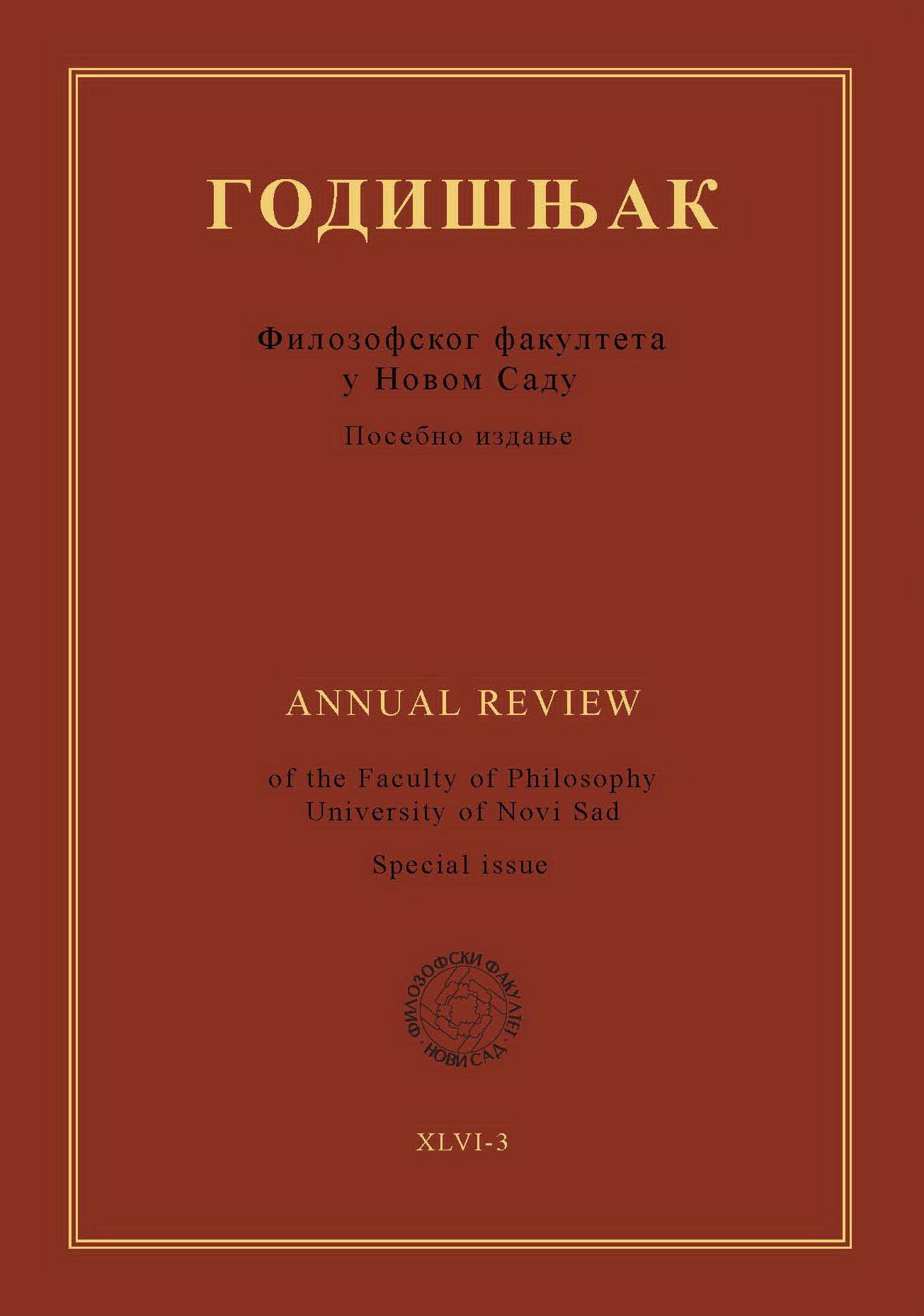THE ACADEMY IN THE 18th CENTURY: ONE OF THE MAJOR VECTORS OF CULTURAL TRANSFERS
Main Article Content
Abstract
The major vectors of cultural transfers that we propose to analyze in the context of the formation of centers of enlightened absolutisms through the works of the French Enlightenment – academies – will be, initially, the institutions conveying intellectual movements allowing the formation of these centers. It seemed important to us to give a transversal view of these institutions across enlightened Europe while taking into account the specific position of France at that time.
By analyzing the main vectors of these movements – academies, and in particular the evolution of the institution of the Academy in France, we will always remain cautious and will try not to interpret the transfers as simple transplantations of the cultural models of one country to the other while demonstrating that the failure of the political and cultural project of enlightened absolutism can be read through the collapse of the official vectors of cultural transfers.
Downloads
Article Details

This work is licensed under a Creative Commons Attribution-ShareAlike 4.0 International License.
References
Chartier, R. (1990). Les origines culturelles de la Révolution française. Paris : Seuil.
Diderot, D. (1966). Mémoires pour Catherine II, Mélanges philosophiques, historiques etc. Paris : Garnier.
Diderot, D. (1977). Mélanges et morceaux divers. Contributions à l’Histoire des deux Indes. Siena : Gianluigi Goggi.
Dulac, G. (2000). La vie académique à Saint-Pétersbourg vers 1770 d’après la correspondance entre J. A. Euler et Formey. In : Hurel O.-D.–Laudin, G. (ed.) (2000). Académies et sociétés savantes en Europe (1650- 1800). Paris : Honoré Champion. 220-241.
Espagne, M.–Werner M. (ed.) (1988). Transferts, les relations interculturelles dans l'espace franco-allemand: XVIIIe et XIXe siècles. Paris : Recherche sur les civilisations.
Espagne, M. (2012). La notion de transfert culturel. Revue Sciences/Lettres, 1|2013. Disponible sur http://rsl.revues.org/219 DOI: https://doi.org/10.4000/rsl.219
Grau, M. (2000). L’Eléction des membres des Académies et la circulation du savoir scientifique en Europe au XVIIIe siècle : l’exemple de l’Académie prussienne des sciences de Berlin. In : Hurel O.-D.–Laudin, G. (ed.) (2000). Académies et sociétés savantes en Europe (1650- 1800). Paris : Honoré Champion. 202-214.
Hurel, O.-D.–Laudin, G. (ed.) (2000). Académies et sociétés savantes en Europe (1650- 1800). Paris : Honoré Champion.
Michaux, G. (2007). Naissance et développement des Académies en France aux XVIIe et XVIIIe siècles. Académie nationale de Metz. Disponible sur http://documents.irevues.inist.fr/bitstream/handle/2042/34008/ANM_2007_73.pdf?sequence=1
Pomeau, R.–Ehrard, J. (1999). Histoire de la littérature française de Fénelon à Voltaire. Paris : Flammarion.
Porret, M. (ed.) (1997). Beccaria et sa modernité. Beccaria et la culture juridique des Lumières, Actes du colloque européen de Genève, 25-26 novembre 1994. Genève : Droz.
Roche, D. (1978) Le siècle des Lumières en province. Académies et académiciens provinciaux, 1680-1789. Paris–La Haye : Mouton.
Rosenberg, P. (2007). La peinture. Les institutions artistiques. In : Gaethgens, T.–Pomian, K. (ed.) (2007). Le XVIIIe siècle. Paris : Seuil. 165-175.
Van de Standt, U. (2007). Les institutions artistiques. In : Gaethgens, T.–Pomian, K. (ed.) (2007). Le XVIIIe siècle. Paris : Seuil. 80-92.




